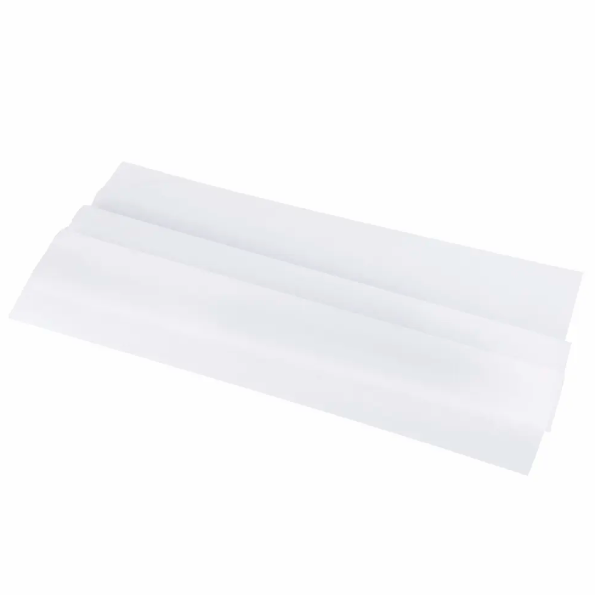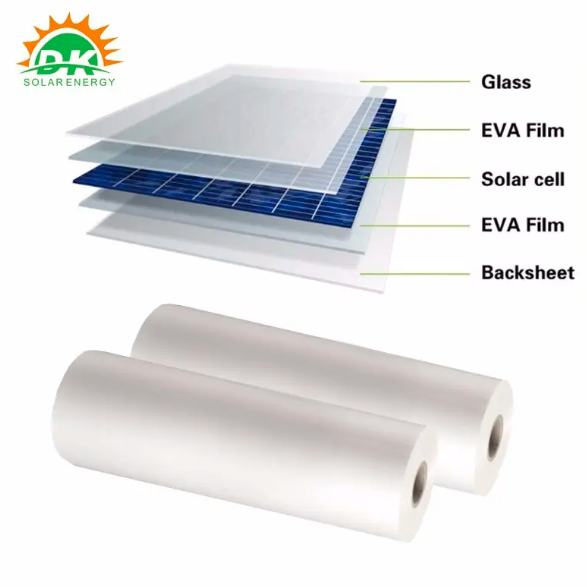As the world continues to seek sustainable and renewable energy, solar technology has become a front-runner in the race toward a green future. At the heart of a solar panel is ethylene vinyl acetate (EVA) film, which plays a key role in improving the efficiency and durability of solar modules. Exploring the future of solar EVA films has great potential to advance solar technology and revolutionize the renewable energy landscape.
Solar EVA films are critical for encapsulating and protecting photovoltaic cells within solar panels. These films act as a protective layer, protecting fragile solar cells from environmental factors such as moisture, UV radiation and thermal stress. Additionally, EVA films help ensure solar cell adhesion and electrical insulation, thereby helping to improve the overall performance and longevity of solar panels.
One of the key areas of advancement in solar EVA films is enhanced light transmittance. By maximizing the amount of sunlight reaching solar cells, manufacturers can significantly increase the energy conversion efficiency of solar panels. Innovations in EVA film technology are designed to minimize light reflection and absorption, ultimately increasing the energy yield and cost-effectiveness of solar power systems.
In addition, the future of solar EVA films is closely related to the development of sustainable and environmentally friendly materials. As demand for solar energy continues to grow, there is an increasing focus on reducing the environmental impact of solar panel production. Research and development efforts focus on using non-toxic, recyclable materials to produce EVA films, in line with the principles of environmentally sustainable development and circular economy.
In addition to improving the performance and sustainability of solar EVA films, ongoing research aims to enhance their resistance to degradation. Over time, exposure to harsh environmental conditions can cause the EVA film to deteriorate, potentially compromising the functionality of the solar panel. By engineering EVA films with superior weather resistance and durability, solar module life and reliability can be significantly extended, resulting in a stronger, more resilient solar infrastructure.
The future of solar EVA films also includes the integration of advanced technologies such as antifouling coatings and self-cleaning functions. These innovations are designed to mitigate the effects of dust, dirt and other contaminants that accumulate on the surface of solar panels, thereby reducing energy output. By incorporating self-cleaning properties into the EVA film, maintenance can be minimized and the overall performance of the solar panel optimized, especially in areas prone to dust and pollution.
As the global solar market continues to expand, the future of solar EVA films is expected to drive the efficiency, sustainability and reliability of solar technology. Through continued research and innovation, EVA films are expected to play a key role in improving the performance of solar panels, making solar energy an increasingly viable and competitive renewable energy source.
In summary, exploring the future of solar EVA films is a key way to unlock the full potential of solar technology. By addressing critical issues such as light transmission, sustainability, durability and advanced functionality, developments in EVA films will drive greater efficiency and widespread adoption in the solar industry. Looking ahead, continued advancements in solar EVA films will shape the future of renewable energy and contribute to a more sustainable and environmentally friendly world.
Post time: Aug-09-2024


